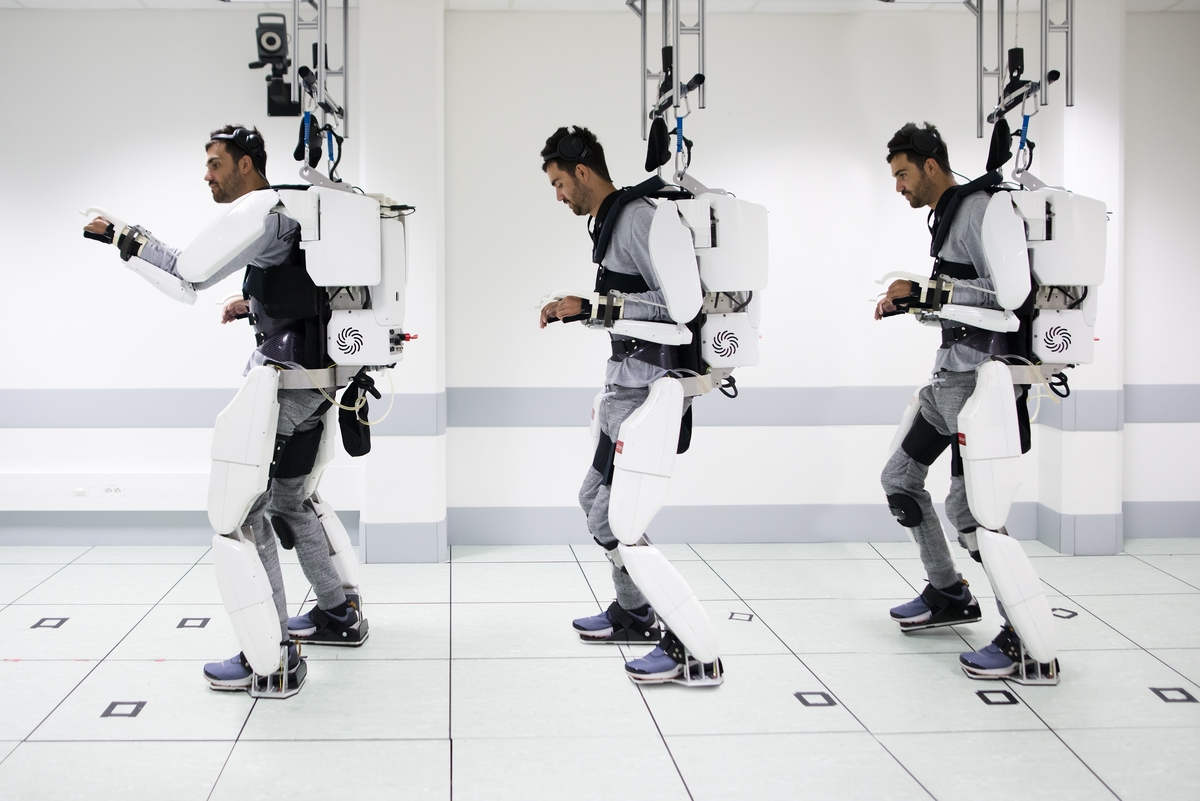Iranian Scientists Design Control Algorithms of Rehabilitation Exoskeletons for Disabled People

“I have designed one of the most up-to-date control algorithms for this category of external skeletons called Virtual Energy Regulator,” said Rezvan Nasiri, a member of the Faculty of Machine Intelligence and Robotics Department of the University of Tehran.
“This algorithm can coordinate with the user's performance and therefore has the best performance compared to other control algorithms developed so far,” she underlined.
Noting that most of the physically disabled people need lower body rehabilitation to walk or are unable to walk at all, Nasiri said that these people are the elderly, people with spinal cord injury, stroke-hit people, Parkinson's patients, etc.
“Our research group was able to propose, for the first time at the international level, a model of force distribution among muscles with 75% accuracy, and this is a big step in the direction of reducing research costs and accelerating research in the field of rehabilitation robots,” she added.
In a relevant development in July, researchers of a knowledge-based company succeeded in making an exoskeleton robot, ‘Exopad’, to help disabled people walk.
“At present, the sixth version of the exoskeleton robot has been made and is available to the disabled people,” said Zahra Ramezani, a biomechanics expert at the knowledge-based company stationed at the Science and Technology Park of Tarbiat Modarres University.
“The robot has been designed for people with spinal cord injury or spinal cord amputation, people with MS, CP and in general disabled people who are unable to move,” she added.
“A remote control device has been mounted on the robot and the walking parameters can be controlled by the disabled person,” Ramezani said.
She said that people who suffer from inactivity face problems like bedsores, muscle blood circulation problems, workplace infections, and bone loss, noting that the robot physically helps to make these people less prone to the secondary consequences of not moving.
The exoskeleton is an external skeleton that supports and protects an animal's body, in contrast to an internal skeleton (endoskeleton) in for example, a human. In usage, some of the larger kinds of exoskeletons are known as ‘shells’.
4155/v





















